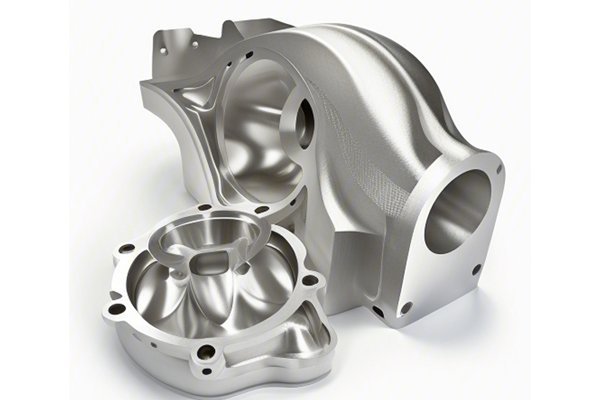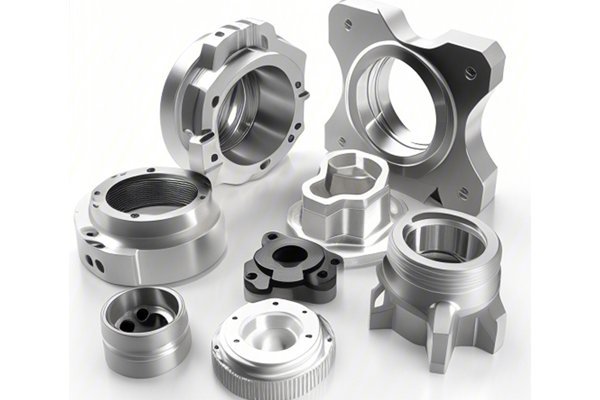Have you ever considered that the weight of a component could significantly influence its design and production? In precision engineering, this thought isn’t just a consideration; it’s a fundamental truth that shapes the choice of materials in CNC (Computer Numerical Control) machining. The interplay between weight and material selection can determine everything from the durability and performance of a final product to its manufacturability and cost-effectiveness.
The Importance of Material Selection in CNC Machining
In CNC machining, the materials chosen for manufacturing components can vary greatly, from aluminum and steel to plastics and composites. Each of these materials has unique properties that can affect their machinability, weight, performance, and applications. Moreover, the intended end use of a part can dictate which material is most appropriate.
Generally speaking, heavier materials like steels offer higher tensile strength and durability, which may make them preferable for high-stress applications. On the other hand, lighter materials like aluminum or certain plastics may be more suitable for applications where weight savings are critical, such as in aerospace or automotive sectors.
The Relationship Between Weight and Material Properties
This crucial parameter highlights how materials perform under load without adding unnecessary weight. Engineers often select materials with high strength-to-weight ratios when designing components, especially in applications where minimizing weight is vital.
The ease with which a material can be machined affects production efficiency. Heavier and denser materials may require specialized tools and techniques, which could lead to increased costs and longer production times. Lighter materials, while often easier to machine, might not always be suitable for high-strength applications.
The weight and type of material selected can influence thermal and electrical properties. Lighter materials like aluminum can efficiently manage heat and are frequently chosen for heat sinks, while heavier metals might be selected for their durability.
Weight Considerations in CNC Machining Design
When engineers design components for CNC machining, they must account for weight and how it interacts with the other design elements:
Components designed to bear significant loads will need heavier materials with high tensile and compressive strengths. Conversely, parts that primarily serve as casings or non-structural elements may leverage lighter materials.
Longer-lasting products may benefit from heavier, more durable materials. While they add weight, they also minimize the need for frequent replacements or repairs.
The cost of materials is another essential consideration. Heavier materials are often more expensive and may also require more energy for machining.
Determining Factors for Material Selection in CNC Machining
To determine the optimal balance between weight and material properties, several key factors should be considered:
The primary function of the part will dictate weight requirements. For example, aerospace components must minimize weight to improve fuel efficiency, while automotive safety components might prioritize strength.
The operating environment of a component will also influence material selection. Exposure to extreme temperatures, corrosive substances, or wear conditions may necessitate heavier, more robust materials.
Understanding the machining processes and their impact on the material lifecycle is crucial. For instance, certain heavier materials may be more difficult and costly to machine.
Practical Applications of Weight-Based Material Selection
Understanding the implications of weight on material choice can lead to improved designs. Here are a few practical scenarios:

In aerospace, weight savings often translate directly into fuel efficiency. Selecting lightweight materials, such as titanium alloys or composites, can yield significant performance benefits.
The automotive industry continually seeks to reduce vehicle weight to improve fuel efficiency. Here, materials such as aluminum and high-strength steels are often used to create lightweight yet durable components.
In consumer electronics, the weight of materials can impact portability and user experience. Engineers often opt for lightweight plastics or aluminum for devices such as laptops and smartphones.
Strategies for Effective Weight Management in CNC Machining
To optimize weight while maintaining material integrity and performance, engineers can adopt several strategies:
Through advanced modeling techniques, engineers can evaluate the material distribution within a part. This approach allows for the design of components that maintain performance while minimizing weight.
When feasible, substituting lighter materials for heavier ones can improve weight without sacrificing strength. For example, replacing traditional steel with high-strength aluminum alloys can significantly reduce weight.
Utilizing state-of-the-art machining techniques, such as additive manufacturing or advanced CNC programming, can yield complex geometries that reduce weight.
Before finalizing designs, simulation tools can predict how a part will perform, taking weight and material properties into account. Rapid prototyping and testing allow engineers to refine designs for optimal performance.
Addressing Common Challenges in Weight Management
Despite the advantages of weight-conscious designs, CNC machining also presents challenges that need addressing:
Using lighter materials may introduce fragility. Engineers must conduct thorough testing on end-use components to ensure performance and durability.
Advanced materials and machining processes often come at a premium. Companies must balance the costs of lightweight materials against potential performance and efficiency gains.
Sourcing specialized lightweight materials can be difficult. Companies should develop relationships with suppliers who can meet material needs without significant delays.
The Future of Weight Considerations in CNC Machining
As technology evolves, so too do the strategies available for managing weight in manufacturing. Emerging technologies such as AI and machine learning are enabling improved material predictions and more efficient machining practices. As industries increasingly demand lightweight components, understanding how weight impacts material choice will remain a critical skill for engineers.
**
In CNC machining, the interplay between weight and material choice is more than just a numerical consideration; it’s a fundamental element shaping the future of precision engineering. By carefully considering the effects of weight on material properties, manufacturers can optimize their designs for performance, durability, and cost-effectiveness.
Now that we’ve explored how weight impacts the selection of materials for CNC machining, it’s clear that this is an important factor that engineers must consider in every design decision. Understanding the balance between weight, strength, and functionality not only enhances product performance but also contributes to greater efficiencies in manufacturing processes.
As you embark on your next CNC machining project, remember that the weight of materials isn’t just about numbers; it’s about creating efficient, practical, and innovative solutions that can stand the test of time. This blog is a reminder for engineers and product developers to engage deeply with material science and machining strategies, leading to better products in our rapidly evolving industrial landscape.






